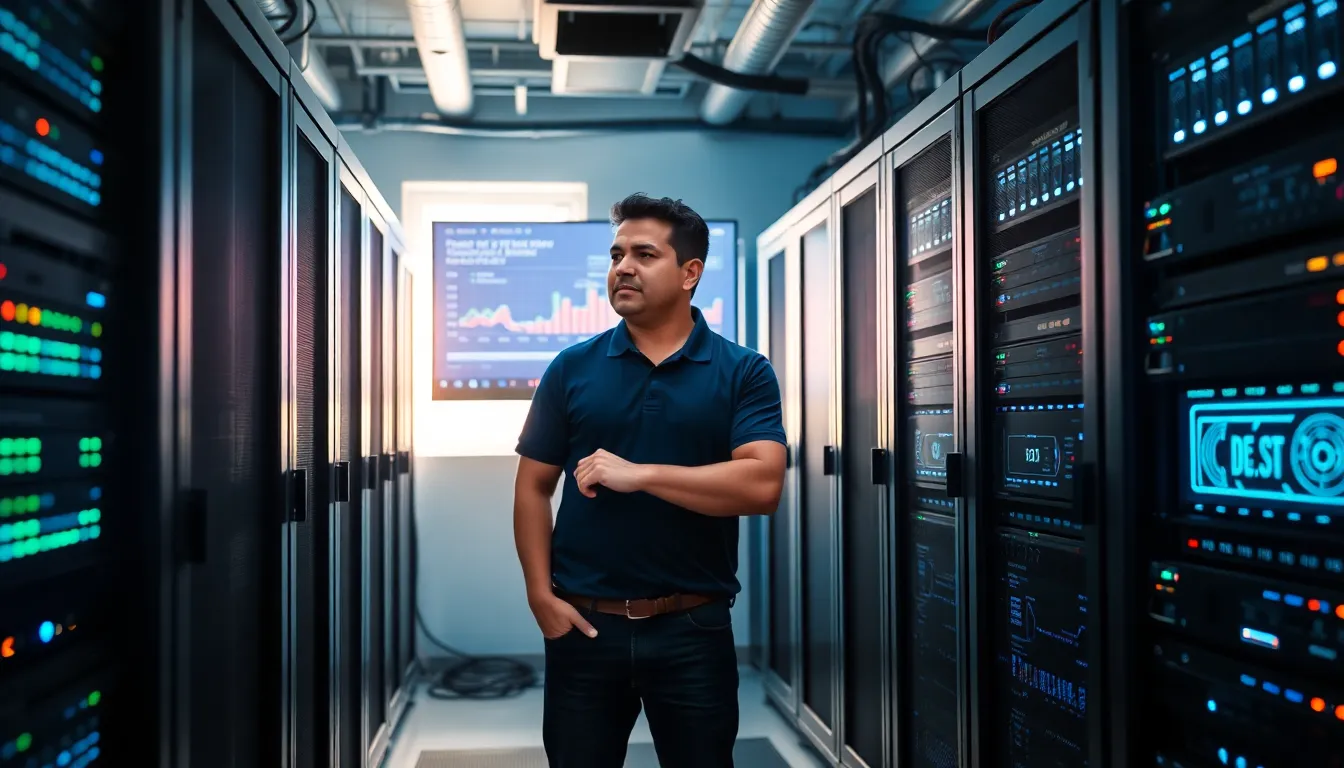In the world of web development, hardware plays a crucial role in ensuring efficient and reliable performance. For platforms like Webbizmagnet.com, which focus on providing robust online services, having the right hardware can make a significant difference. Understanding the hardware landscape is essential for developers and business owners alike, as it lays the foundation for scaling, managing traffic, and maintaining a seamless user experience. This article delves into the critical aspects of hardware in the context of Webbizmagnet.com, exploring its types, importance, maintenance, and future trends.
Table of Contents
ToggleUnderstanding Hardware in Web Development

In web development, hardware encompasses all the physical components involved in delivering online services. This includes servers, storage devices, networking equipment, and even the computers used for development. Each of these elements plays a vital role, contributing to the overall performance of web applications.
At Webbizmagnet.com, hardware is more than just machines, it’s about creating a stable and efficient environment for web services to thrive. Powerful servers help fast data processing, while high-capacity storage solutions ensure that data retrieval is quick and effective. Understanding how these hardware components work together is essential for optimizing web performance.
Importance of Reliable Hardware
Reliable hardware acts as the backbone of any successful web platform. In an era where users expect instant access to information, even a slight delay can lead to losing visitors and potential customers. For Webbizmagnet.com, which aims to provide uninterrupted services, investing in dependable hardware is paramount.
For instance, hardware reliability contributes to uptime, a key metric that affects user satisfaction and trust. Users are less likely to return to a site that frequently crashes or experiences slow load times. Also, strong hardware minimizes the risk of data loss, ensuring that critical information is safely stored and can be accessed when needed. Eventually, hardware reliability translates into better business outcomes.
Types of Hardware Used in Webbizmagnet.com
When it comes to Webbizmagnet.com, various hardware components are essential in maintaining a robust web environment.
Choosing the Right Hardware for Web Applications
Selecting the appropriate hardware for web applications involves understanding the specific needs of the application and the anticipated user load. At Webbizmagnet.com, various types of servers, from dedicated to virtual private servers (VPS), are used to ensure that the necessary resources are available to handle both current and future demands.
Factors to Consider When Selecting Hardware
Several factors play into the selection of hardware, including:
- Performance: The specifications of the CPU and RAM can significantly affect load times and data processing speed.
- Scalability: Hardware should support flexible scaling: as traffic increases, it should be easy to upgrade systems without extensive downtime.
- Cost: Budget constraints must be balanced with the need for quality hardware.
- Compatibility: Ensuring that the selected hardware is compatible with existing software and infrastructure helps prevent future issues.
Maintaining Hardware for Optimal Performance
Regular maintenance of hardware components is crucial for sustained performance and longevity. At Webbizmagnet.com, a proactive maintenance strategy is implemented to ensure that the hardware remains in optimal condition.
This includes:
- Routine Checks: Regularly evaluating hardware for signs of wear and tear, such as overheating components or slow performance, can help identify problems before they become critical.
- Upgrades: Keeping current with the latest hardware advancements helps ensure that the platform can handle increased demands and improved efficiency.
- Monitoring Systems: Implementing monitoring tools can provide insights into hardware performance, making it easier to address issues as they arise.
Overall, an emphasis on maintenance guarantees that the hardware continuously supports the platform’s objectives.
Future Trends in Web Hardware Development
The landscape of web hardware is continuously evolving, fueling further advancements in web development. Future trends likely to influence Webbizmagnet.com and similar platforms include:
- Edge Computing: By processing data closer to the location where it is needed, edge computing can marginally reduce latency and improve performance.
- AI Integration: AI-driven hardware could enable predictive analytics about performance needs, allowing for smarter resource allocation and hardware management.
- Increased Automation: Automating hardware management tasks can streamline operations, freeing up developer time and reducing human error.
As these trends take hold, they will redefine how hardware is utilized in web development, significantly enhancing service delivery.
Conclusion
To conclude, hardware is an integral component of web development, particularly for platforms like Webbizmagnet.com that rely on reliable and efficient operations. By understanding the various types of hardware, their importance, maintenance strategies, and future trends, businesses can ensure that their web presence remains robust and capable of meeting user demands. As web technologies continue to evolve, so too must the infrastructure that supports them, setting the stage for ongoing success in the digital landscape.





